Special ed transitional dilemma
Mentally challenged students not fully college prepped
When Mary Brown was in third grade she developed separation anxiety so severe she told her mother she was afraid to go to school because she thought she would die.
“It was an eight-year struggle just to get through,” said her mother, Sue Brown.
Mary was diagnosed with Attention Deficit Hyperactive Disorder, anxiety and depression. She had problems communicating, even with friends, and was traumatized in her sophomore year of high school when her last two friends told her they didn’t want to associate with her anymore.
When Mary was 15, she was re-diagnosed with autism, a developmental problem that hinders the ability to develop social skills and affects learning in mainstream environments.
Ideally, Mary would have gone to high school in a district that brought her into its special education program, established a well-rounded Individual Educational Plan (IEP), and put into play an Individual Transition Plan (ITP) after she turned 16. Surrounded by the support of her teacher, school psychologist, social worker and mother, the program would have equipped her with the resources needed to meet her own educational and career goals.
But Mary did not attend high school in such a district that equipped her, or her mother, with a transitional plan geared toward her goals.
“I was so busy trying to keep Mary together, let alone to think about transition,” explained Sue Brown. “Mary wanted to go to college, and they told us, ‘Yeah, Mary can go to college,’ but no one explained how. Mary was not talked to about her rights and neither was I. I didn’t know that Mary had the right to services to help her go to college.”
Mary is not alone. School districts across California are failing to properly transition students suffering from mental illness and emotional disturbances from the structured learning environments provided in high school into the unstructured learning environments of higher education.
Nancy Shea, senior attorney for Mental Health Advocacy Services, said “school districts are doing no job at transitioning. They definitely aren’t doing a good job, because they are doing no job.”
Federal special education law requires school districts to “provide transitional planning services for students with disabilities regardless of which agencies provide support or educational services.” ITPs designed by California to follow federal and state law, must take place at the first IEP meeting after the student turns 16, a law Shea said is rarely followed.
“It’s absolutely mandated at the age of 16, and it’s part of the law that isn’t being enforced,” said Shea, who has spent 30 years representing students with special needs.
One reason school districts are failing to transition special needs youth is because special education isn’t being seen as a priority.
“School districts have low expectations for special needs students,” explained Shea. “It is believed that students in special education services can’t be academically successful. We know that’s not true.”
According to the California Legislative Analysis’s Office, K-12 students with disabilities participating in the Standardized Testing for Academic Reports scored 30% higher in English and Math during the 2011-2012 academic school year than in 2002-2003.
Special needs students are also succeeding in college. Learning Specialist Virginia Richards, who coordinates Disabled Students Programs and Services, said Los Medanos College boasts a 20 percent graduation rate for students with mental illnesses or learning disabilities. That is compared with a 22 percent graduation rate for the entire college.
“One of our student learning outcomes is that students will achieve their academic goals,” said Richards.
To help students achieve these outcomes, DSP&S offers support to students with mental or physical disabilities. These services, mandated by the Individuals with Disabilities Educational Act, include help with note-taking and test-taking along with academic and emotional counseling. While the law requires California Community Colleges to have a DSP&S program, it is up to the student to seek out these services.
“We find that some instructors don’t value the transition plan in high school,” said Richards. “They say ‘Oh, they’ll find their way. Oh it’s easy. Oh, go talk to LMC,” but they’re not bringing students to LMC.
Richards said that despite her best efforts at outreach to local feeder high schools, some districts decline her invitations to orientations and school tours.
“We can’t twist their arms and make them give us their time even though we know it would benefit their students,” said Richards. “At the same time we can’t seek students out. By law we can’t give them accommodations until they ask for them.”
According to Shea, since students have to seek out their own accommodations in college, the skill of learning to become your own advocate is critical to the success of special needs youth transitioning out of high school.
“The school districts have a responsibility, a mandate to follow, that everyone who touches that student prepares them with the skills they are going to need to be successful,” said Shea. “They graduate, they go to college, and the burden falls on them.”
Shea added that when the burden of self-advocacy falls on the shoulders of a student who is not prepared through an ITP, the burden of caring for what potentially happens to that student falls on the citizens of California.
“The law says that this matters,” said Shea. “ The consequences of breaking this law is that we are losing out on talent, on bringing significant skills to competitive jobs.”
In a study done by the National Council for Community Behavioral Healthcare in 2008, youth with a history of mental disorders were at higher risk of unplanned pregnancies, drug and alcohol abuse, dropping out of high school, and were more likely to be unemployed and less likely to attend or complete college.
“We are not preparing these students to be self advocates and to get jobs and give them the opportunity to be taxpayers, instead we are going to be having to spend tax money to support them,” said Shea. “We are not letting that student be the person they are meant to be.”
After a year of research and advocacy for her daughter, Sue Brown finally got Mary, now 25, into a program through the Regional Center that helped her gain the skills to get her own apartment, the academic support to attend Long Beach City College where she majors in early child development, and the maturity to maintain an internship at a local preschool.
She now “has a chance to be a productive member of society,” said her mother Sue.
Mary is reflective about her experience transitioning from high school.
“It’s upsetting and a little disappointing,” she said. “I try not to think about it. I just think about what’s happening now and moving forward.”
But Sue Brown insists the only way to fix the lack of transitional support is to hold school districts responsible and educate communities to be advocates for those with mental challenges.
“There is no one advocating and supporting in a way that makes these programs successful. These programs are not going to offer you something that you don’t demand,” she said. “If we don’t invest on the front end, we will pay for it later.”

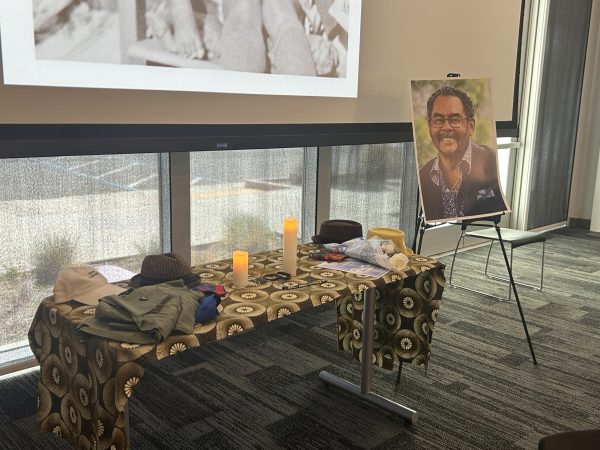

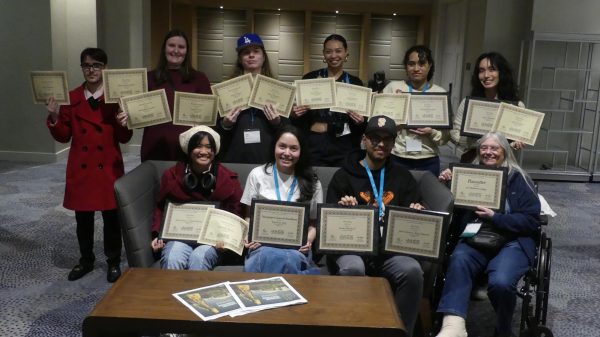


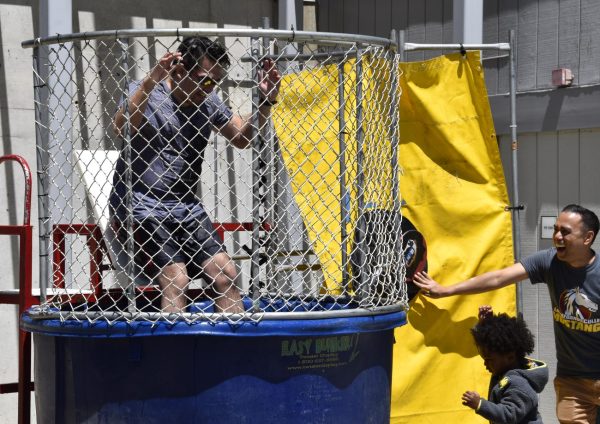
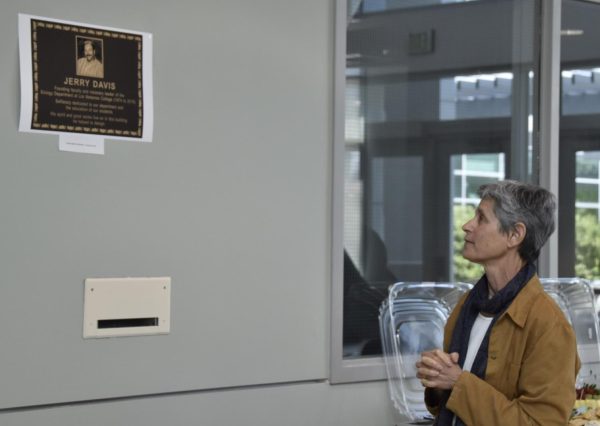
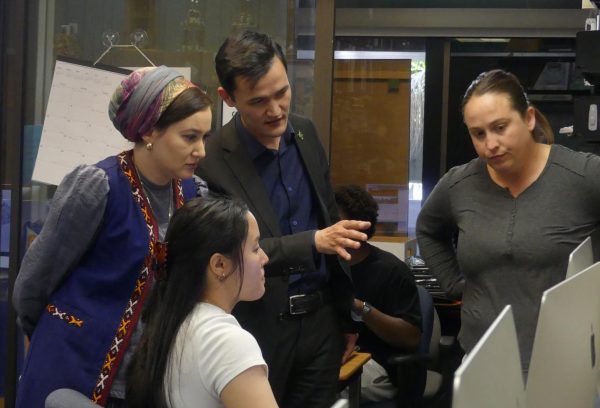
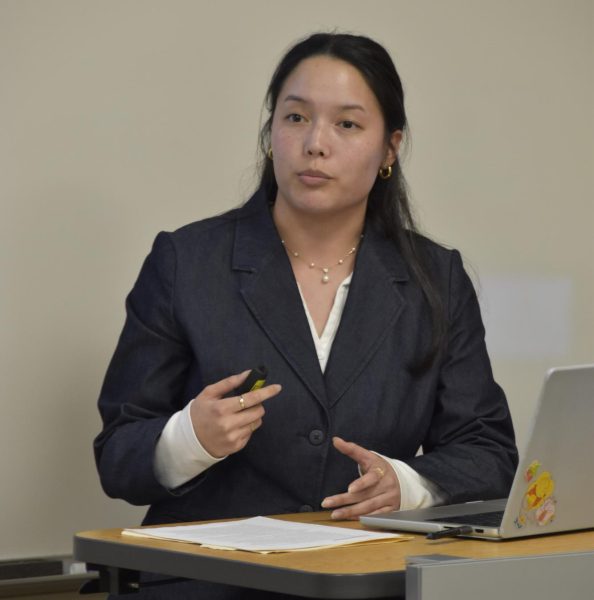

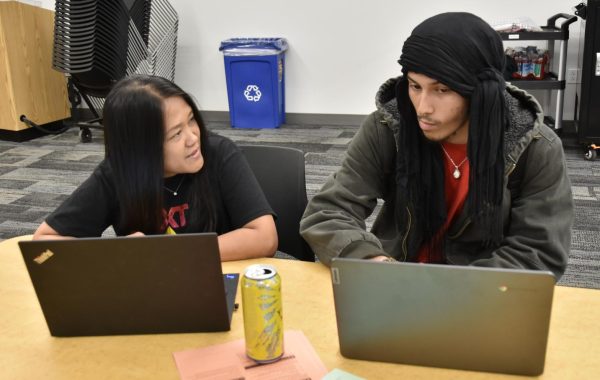
Harlow
Oct 27, 2014 at 10:24 pm
Oustanding article, Ms. McCowon!
I felt completely lost after graduating from high school. I was lucky to have been allowed to attend an alternative school starting at the end of my junior year until graduation, the days were structured and we had continuous academic and emotional support from the amazing staff. Sadly, I was not given the skills to self-advocate, though I’m slowing learning on my own.
Coming back to college has been a struggle, and asking for additional help can often be humiliating; when a tutor found out that I was part of the DSP&S program, he referred to a classmate and I (or is it supposed to be ‘me’?) as “the special kids.” While doing an internship at LMC’s Child Study Center, one of the staff teachers would make daily disparaging comments about my abilities — yet, before she knew I was in DSP&S, had nothing but praises. During this same period, I experienced one of the worst experiences of my life, one of the faculty members berated and verbally abused me behind closed doors, I was left emotionally shaken and traumatized, and had be placed on suicide watch over a period of several months. When I had to attend her class, I would literally have to be medicated to ease the awful anxiety.
This should not be happening to any one, but I have a feeling it happens often. Let’s give S.E. students the skills and tools to stand up for themselves and reach their academic goals, so they may become productive members of our society, not just mere statistics.
jill
Jun 12, 2014 at 4:54 pm
Great story, I agree with everything you said we need more progams in high schools to tell students about the dsps in colleges , I am in dsps at lmc and they have helped me a lot